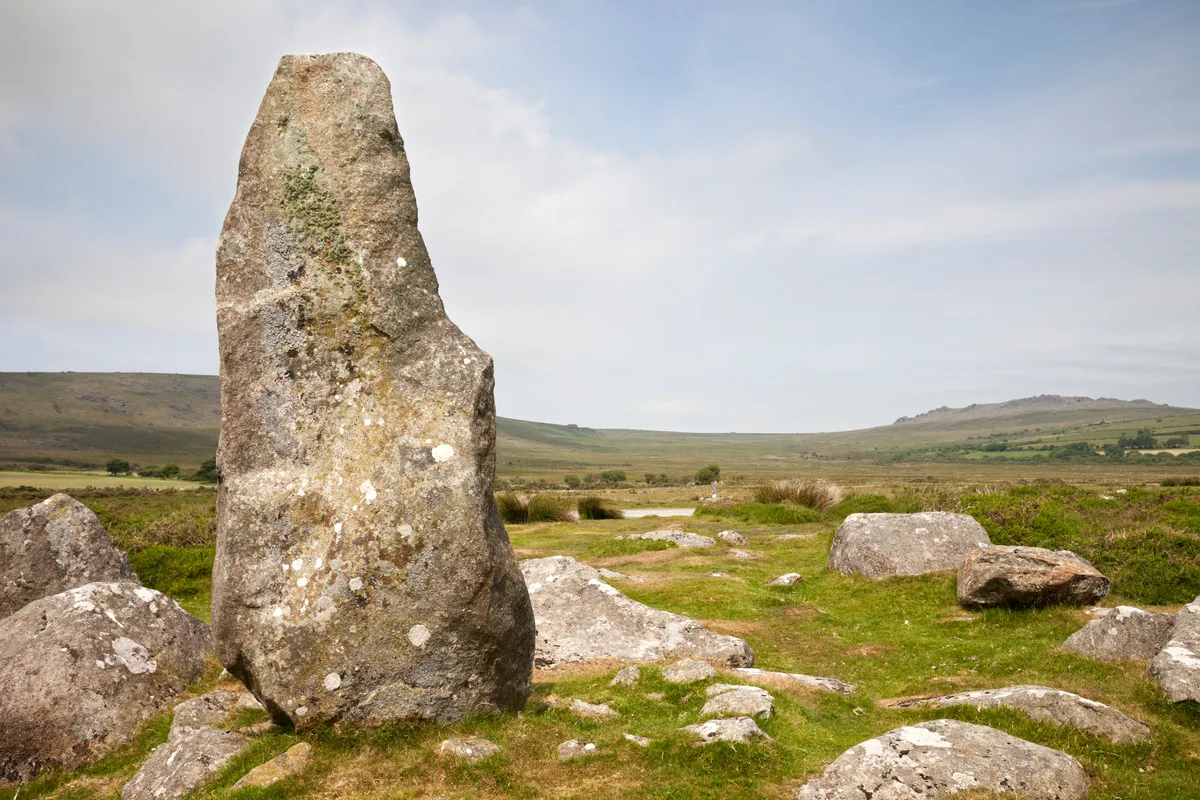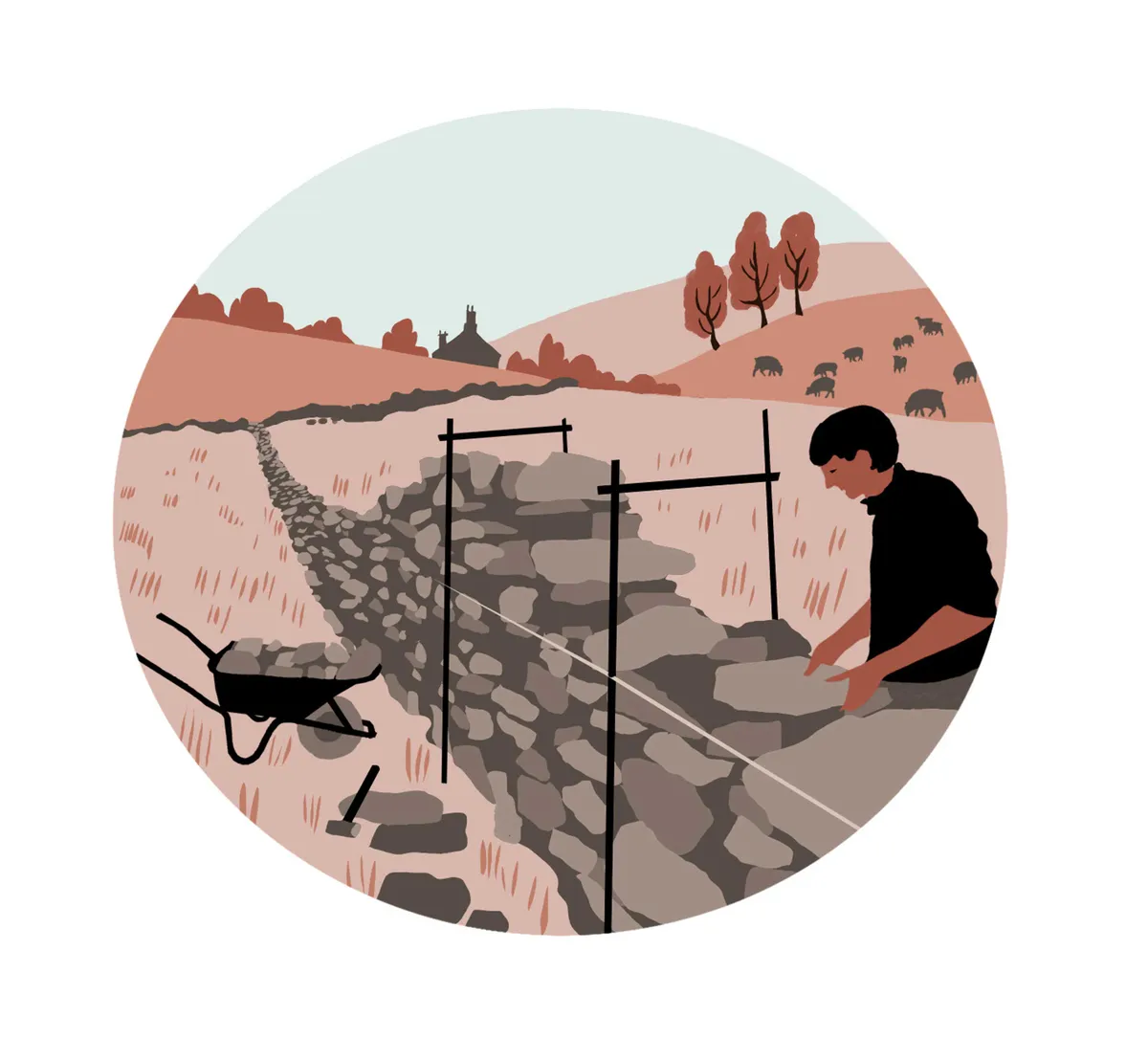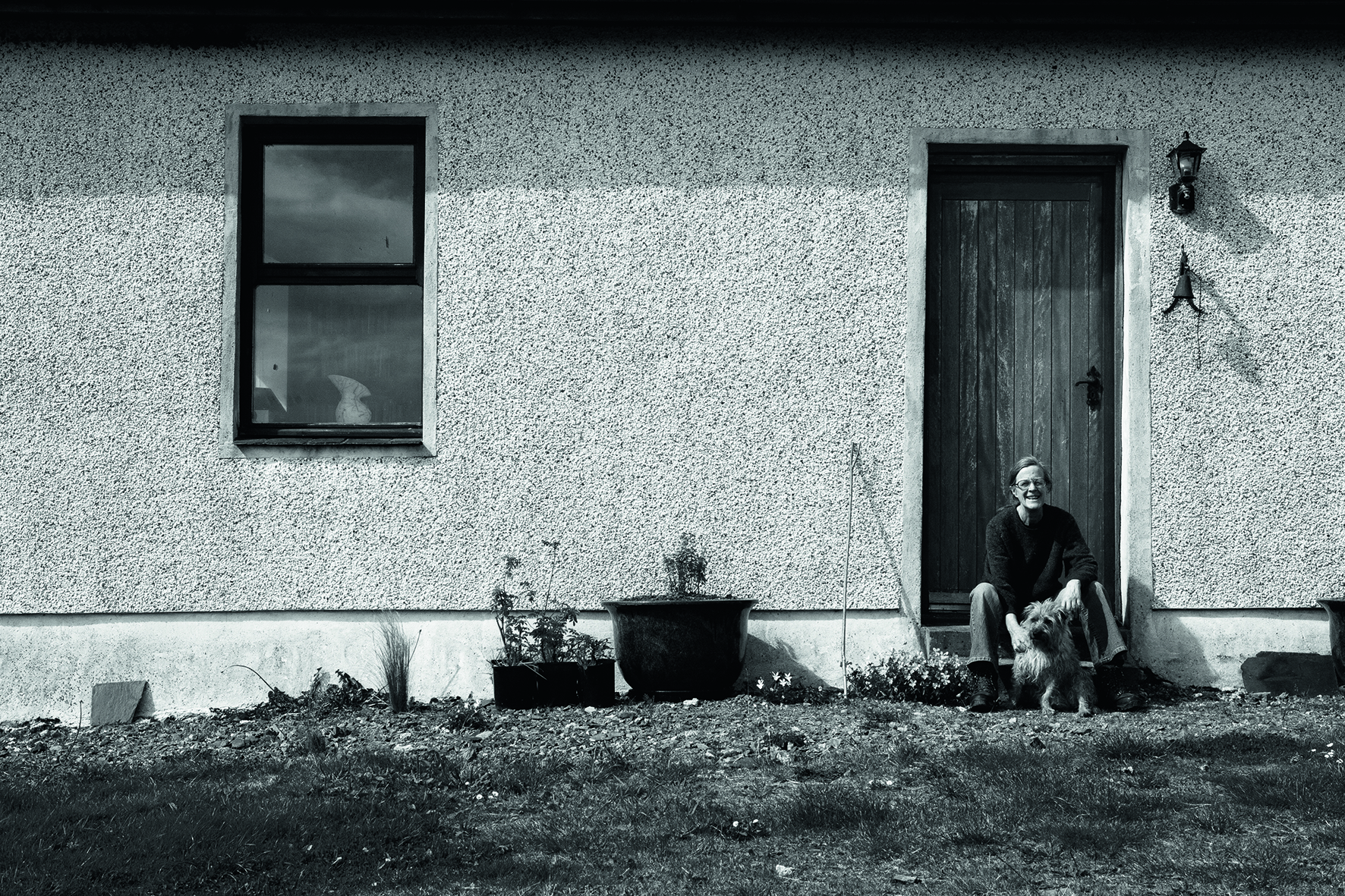What is stone and why is it important in the British countryside?
I don’t usually think that much about stone – “the hard substance, formed of mineral matter, of which rocks consist”, as the dictionary defines it.
But I ought to, because it is everywhere in my life: I walk on stone pavements outside and stone tiles inside. I eat off stoneware; stone remains a core ‘ingredient’ of houses and of art; it marks off the miles as I walk and keeps my feet dry as I cross the burn; I dig it out of my garden along with the weeds; I wish I could afford to wear more of it round my fingers and neck; it describes the heart of the mean person who parked where I wanted to park, and one day it will mark where I am buried.

More recently, I have learned that it is used to make my car tyres and my toothpaste and so many other things I use daily. It has been around for over 300 million years. It is also the name for a painful condition in your kidneys and gall bladder and a slang word for men’s testes. How can I not think about it?

So when I found myself with a few hours to spare in Derbyshire, I decided to visit the National Stone Centre at Wirksworth near Matlock, just outside the glorious National Park. And what an amazing and excellent small ‘attraction’ it proved to be.
Derbyshire was a major centre for stone quarrying in the UK, producing 20 million tonnes of stone a year through the 1990s. In 1990, the National Stone Centre was opened to celebrate that heritage. The site, located adjacent to the High Peaks Trail, contained six quarries, now disused; there is now a marked path (buggy and wheelchair accessible) around the whole site.

Gem panning
My usual dislike of interpretation boards evaporated because the ones here really did tell me things I would have missed; the best bits were about geological history (“here was once under the sea”, “here you can see fossils or pick marks...”). Interpretation boards that interpret what you might miss are very different from ones that say “Look out for bluebells in October”. There is a very good small exhibition, called Building Britain, that taught me a great deal about stone, both geologically and culturally (that’s how I know about the toothpaste!) and about the industrial quarrying of it. There is a fine dog-friendly café with excellent views, surprisingly cheap parking and lots to do for both children and adults – gem panning and fossil rubbing, for example. The centre also runs courses in drystone walling and stone carving, it has an artist in residence, lots of different lovely stone structures and no excessive crowds.
Best of all, for me, is the Millennium Wall: 18 sections, each six metres long, of drystone walls from all over the country. The builders – who we call “dykers” here in Galloway – had to bring their own local stone with them, because the way you build a drystone wall depends on the sort of stone you have. Here in Galloway we build single-course walls of large granite stones, but where I lived in County Durham the walls were constructed of two separate ‘faces’ of smaller, flatter stones in-filled with rubble. Seeing this extraordinary, skilful wall reminded me not just of how important stone is but how the atmosphere of an area of our countryside is still shaped and flavoured by the lovely meeting of nature and culture – geology and human ingenuity.
